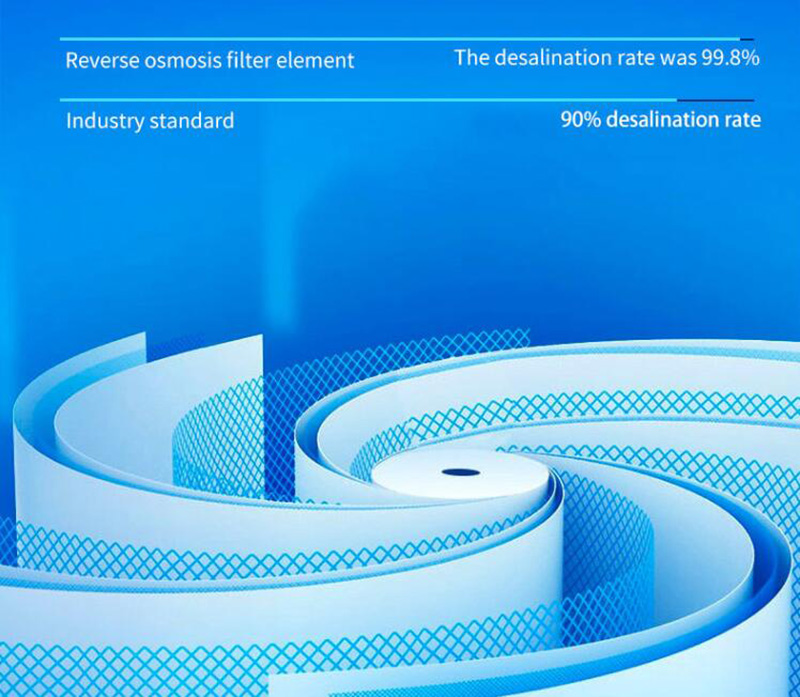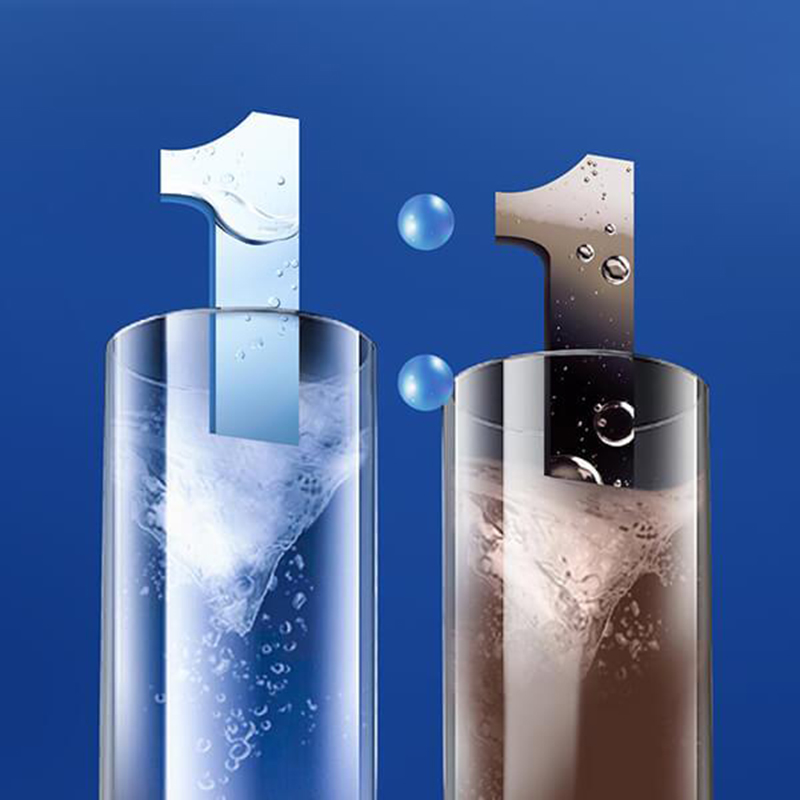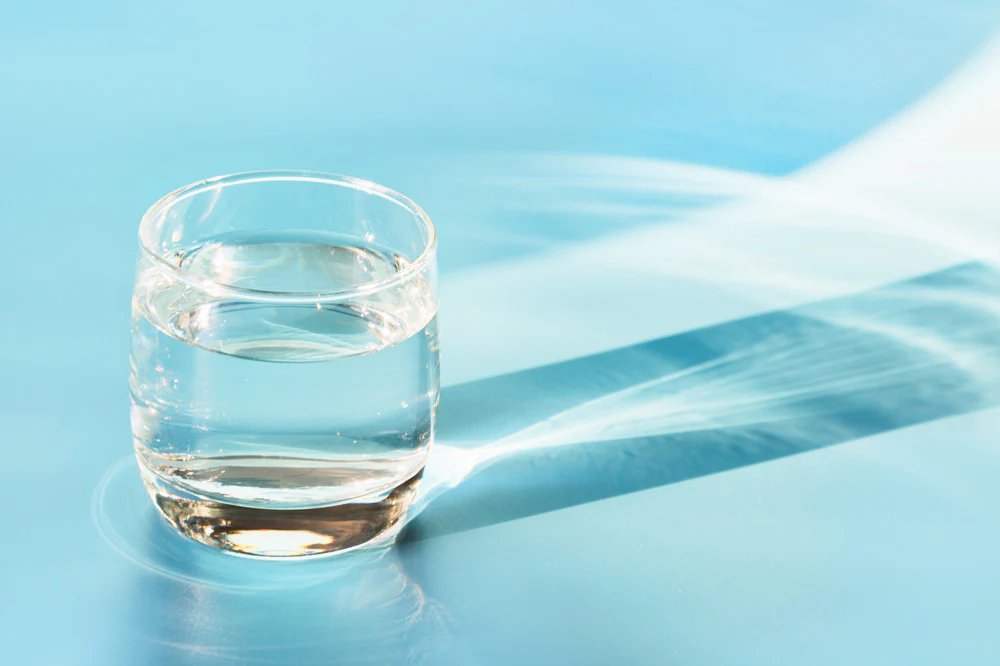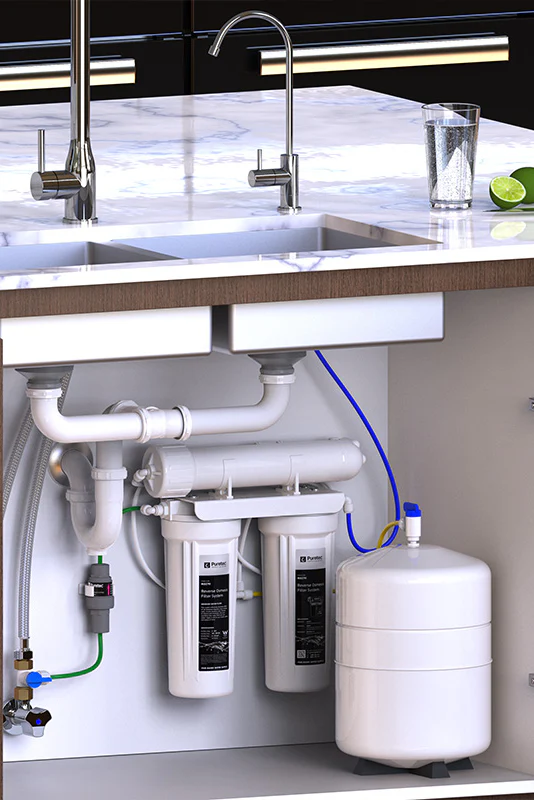

 From ‘have water to drink’ to ‘drink good water’: how water purifiers change our lives?
From ‘have water to drink’ to ‘drink good water’: how water purifiers change our lives?
 A different perspective on the water purifier: your drinking water is really safe?
A different perspective on the water purifier: your drinking water is really safe?
 Don't be fooled again! Cost-effective water purifier how to pick? A guide to avoiding pitfalls in home shopping
Don't be fooled again! Cost-effective water purifier how to pick? A guide to avoiding pitfalls in home shopping
 Expensive is not necessarily suitable for you, select the water purifier do not fall into the pit!
Expensive is not necessarily suitable for you, select the water purifier do not fall into the pit!